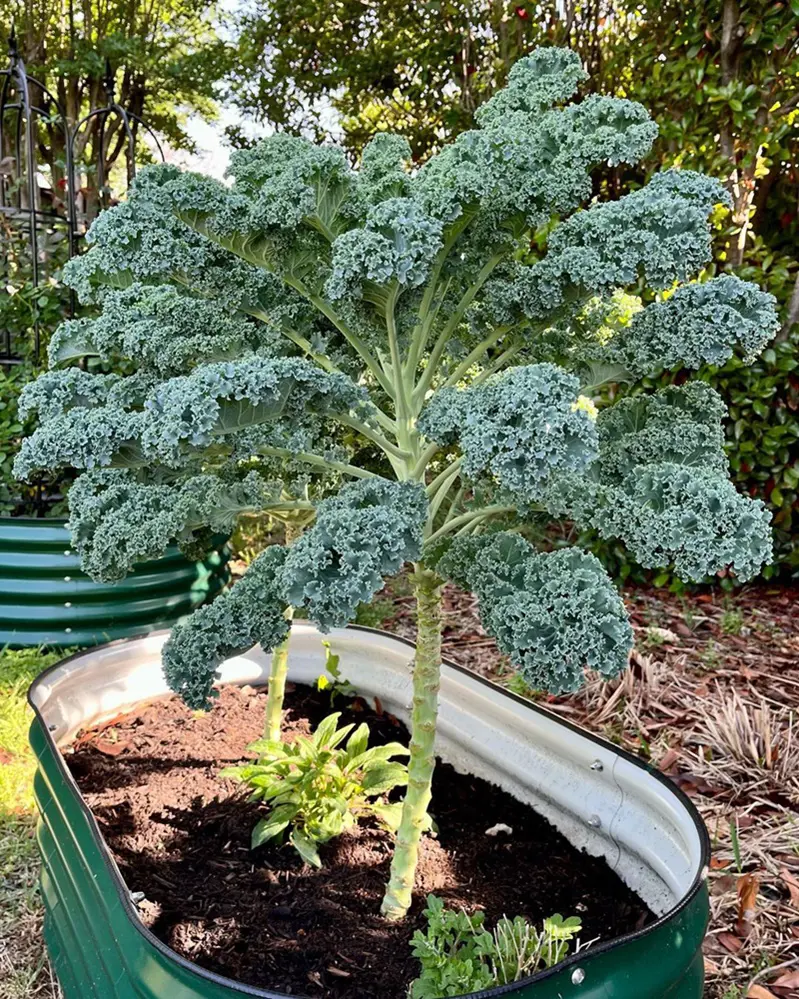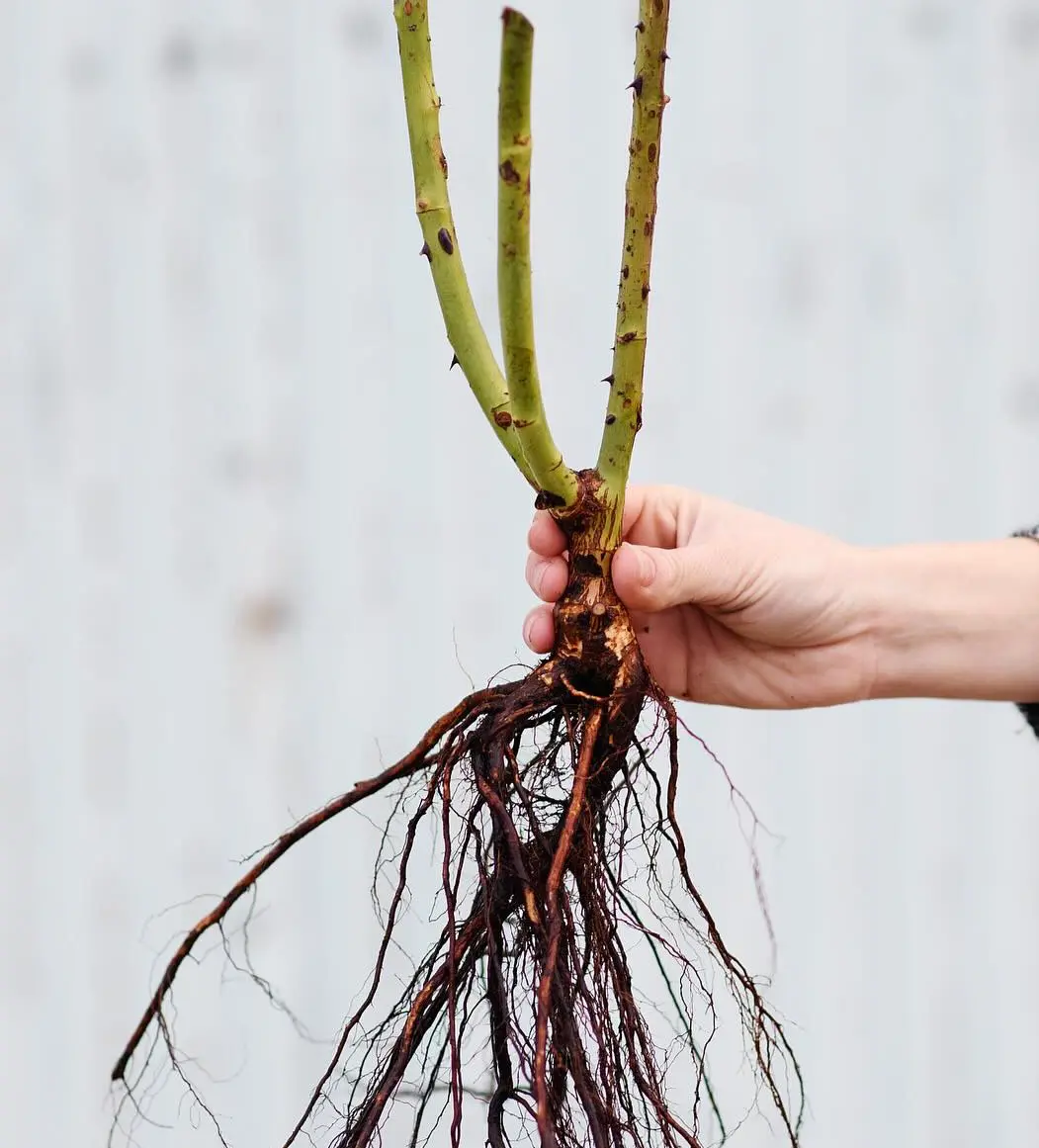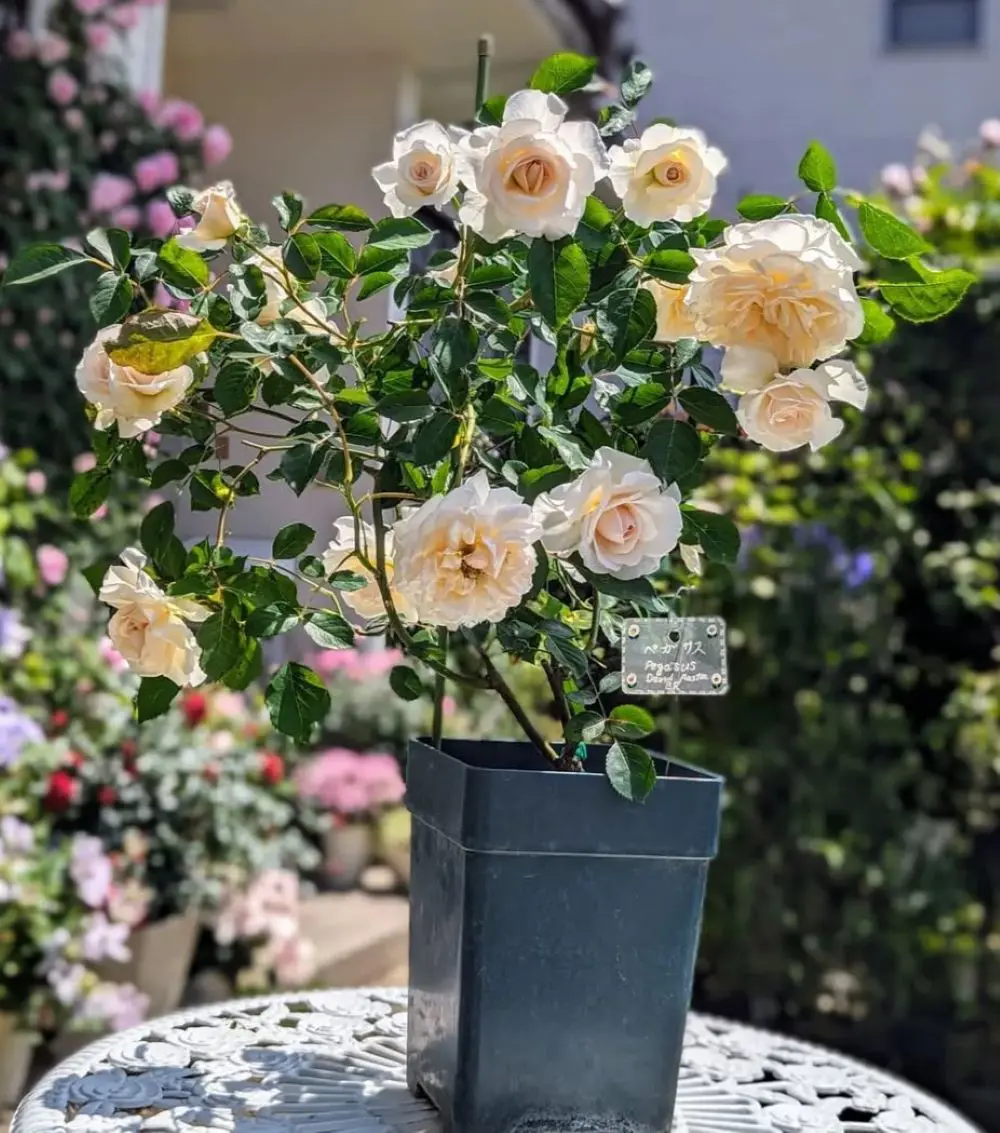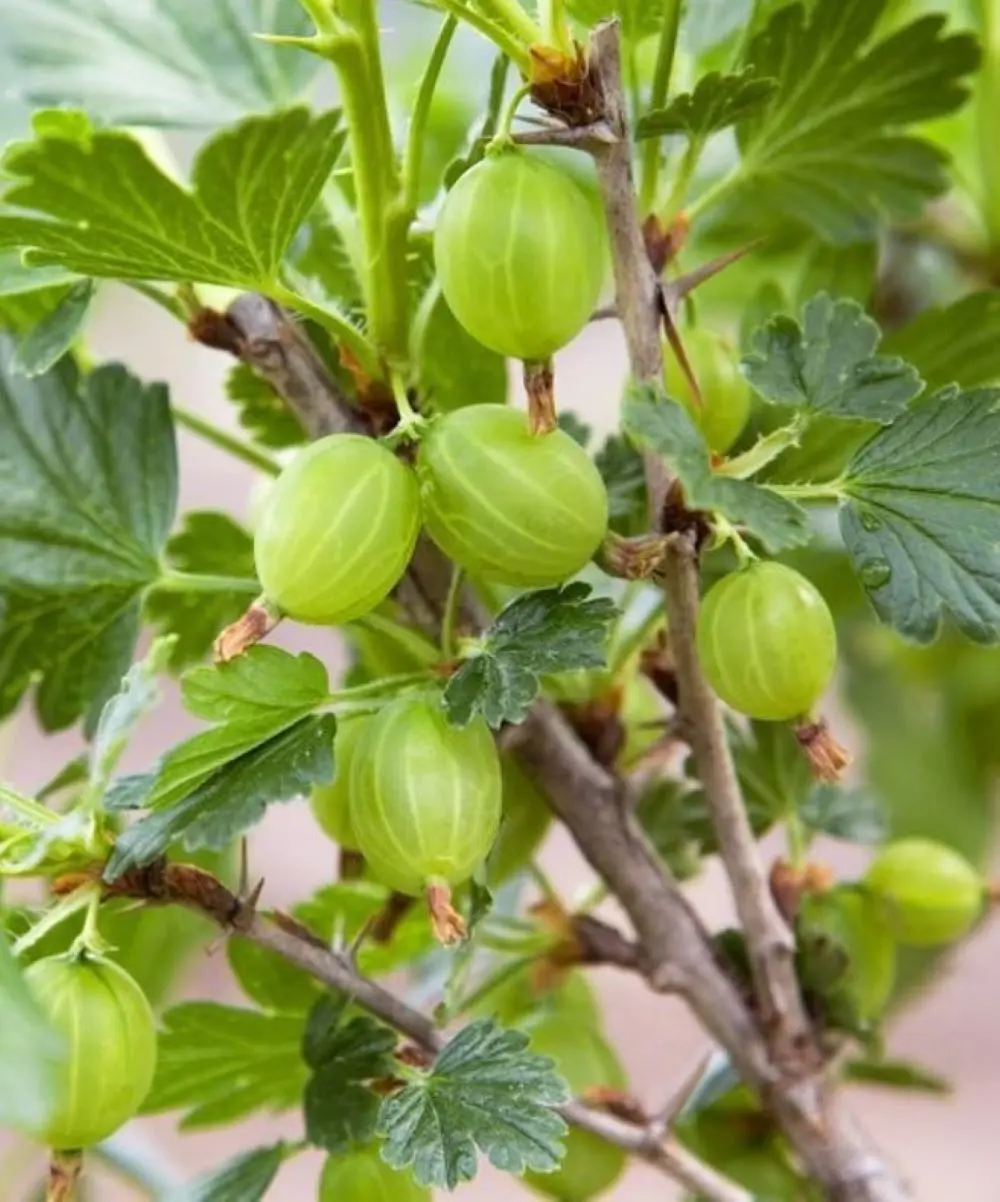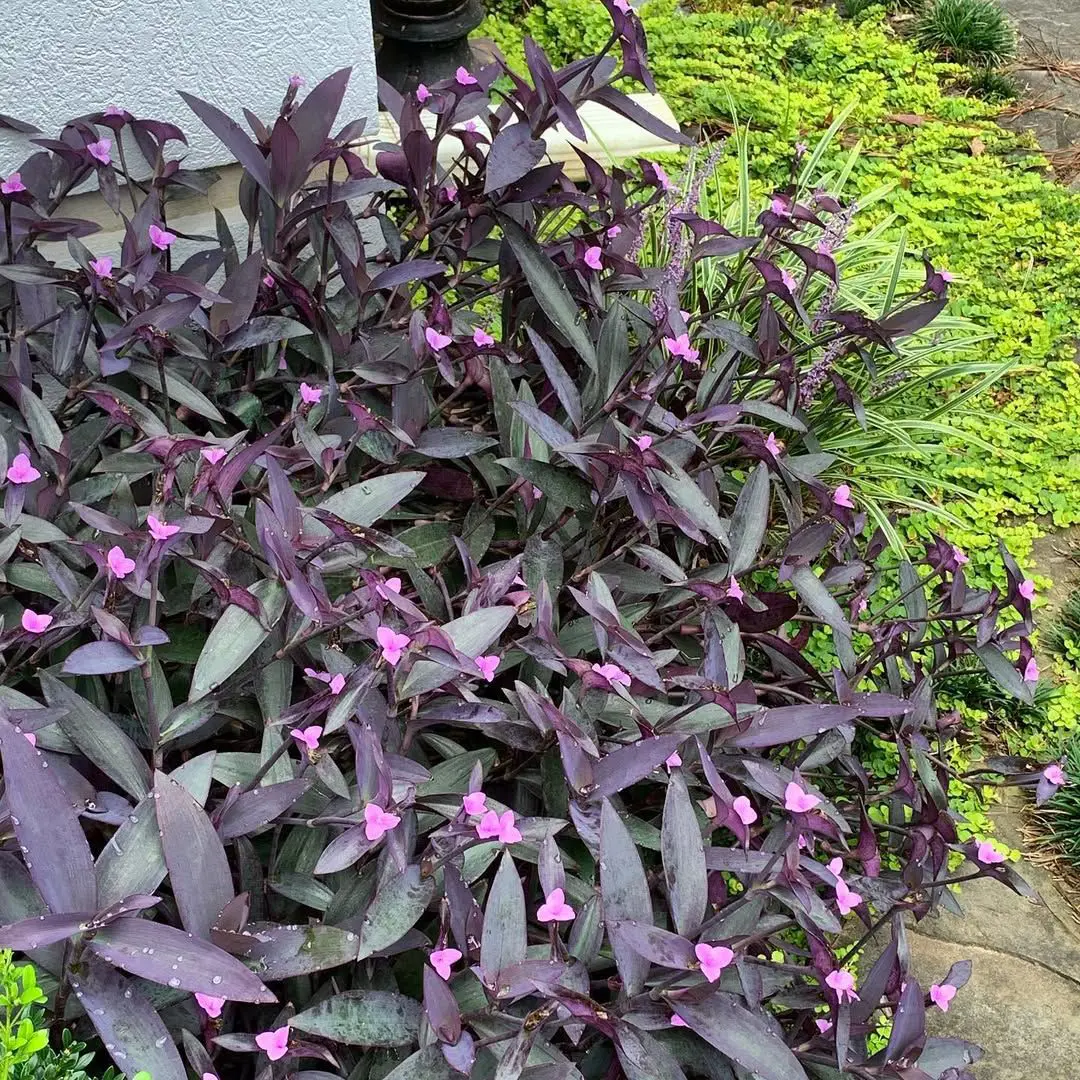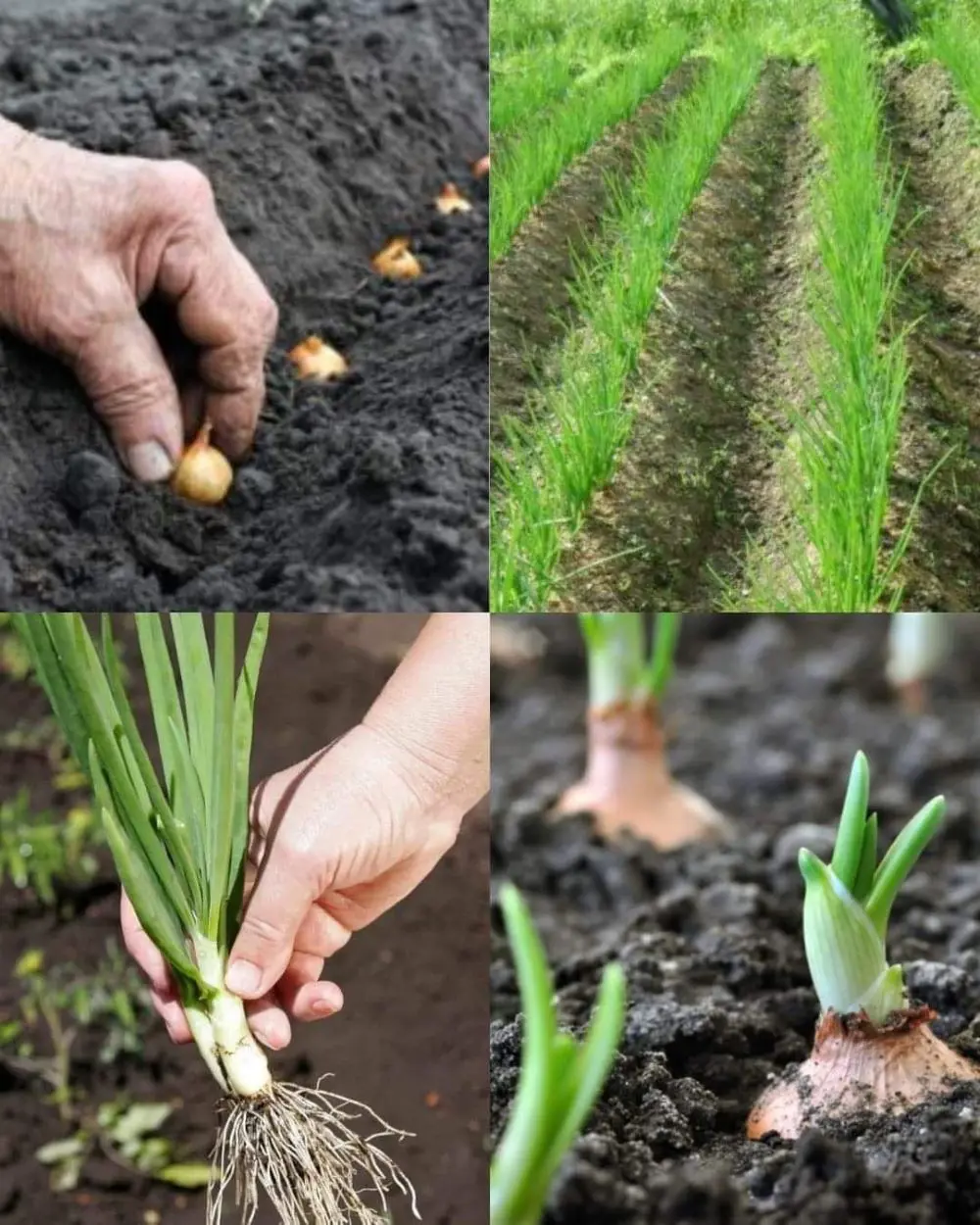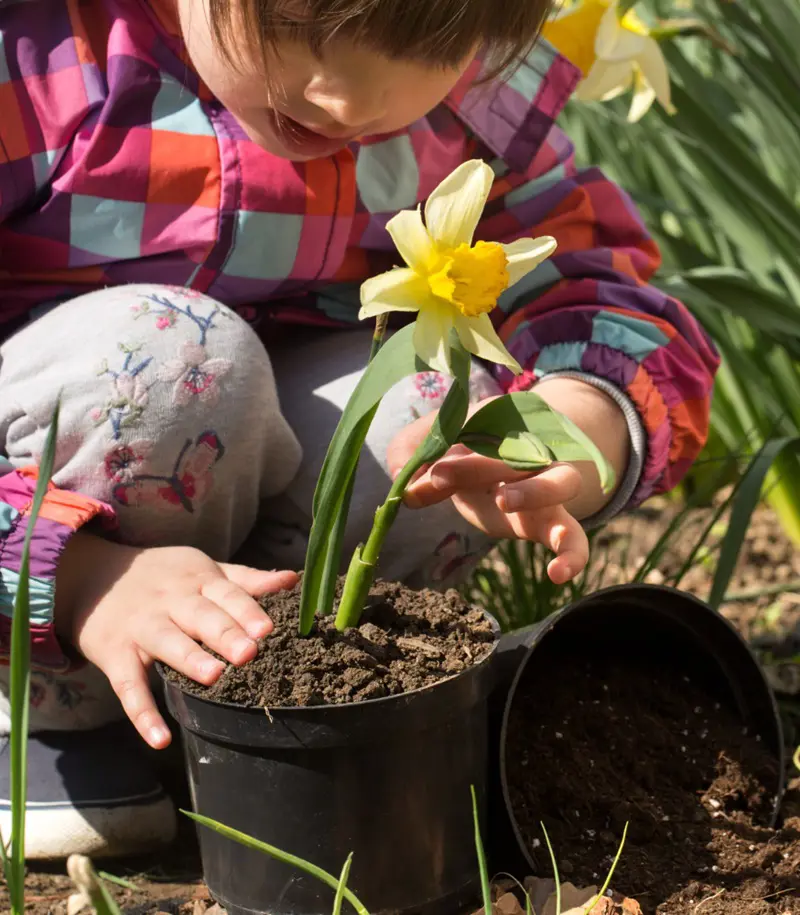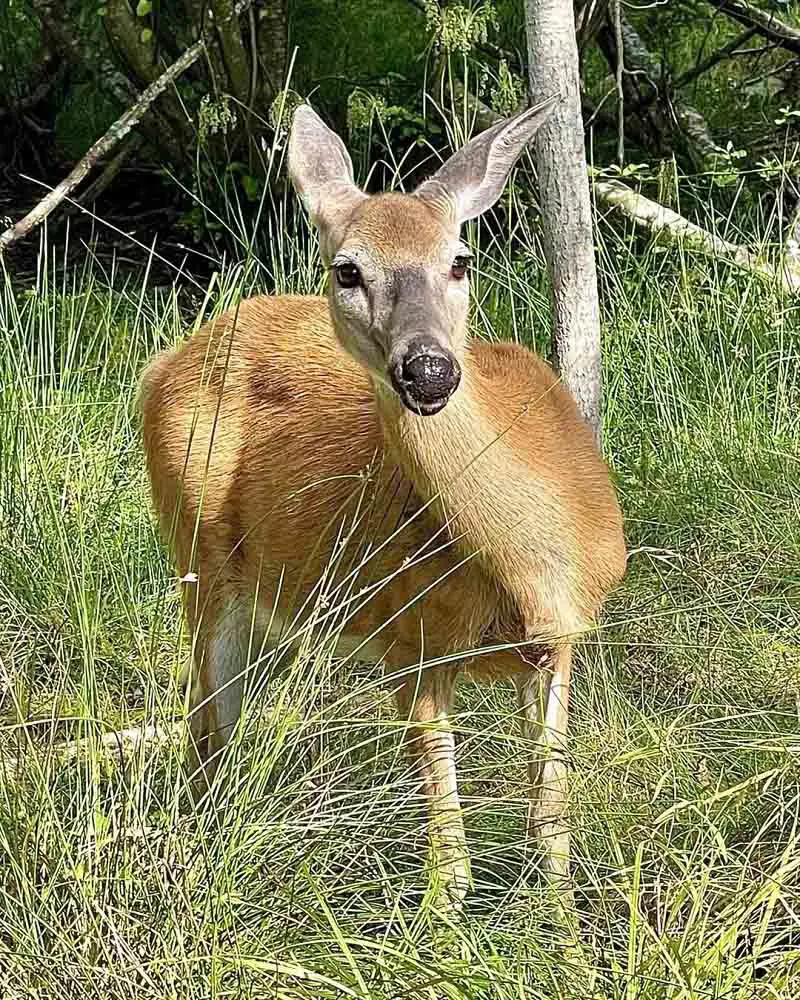Growing and caring for kale plants can be a rewarding experience, whether you're a seasoned gardener or a novice enthusiast looking to enhance your culinary adventures and nutritional intake.
Kale, a versatile leafy green packed with vitamins and antioxidants, thrives in various climates and is relatively easy to cultivate. Whether in a garden plot or containers on a balcony, kale promises freshness and nutritional benefits for every home gardener.
In this comprehensive guide, we'll explore essential techniques for planting, nurturing, and maintaining kale, ensuring robust growth and bountiful harvests throughout the growing season.
Understanding Kale
Types of Kale
There are several varieties of kale, each with its unique characteristics:
- Curly Kale (Brassica oleracea var. sabellica): Recognizable by its ruffled leaves and pungent flavor, curly kale is one of the most common types found in grocery stores.
- Lacinato Kale (Brassica oleracea var. palmifolia): Also known as dinosaur kale or Tuscan kale, this variety has long, dark green, bumpy leaves and a slightly sweeter taste.
- Red Russian Kale (Brassica oleracea var. acephala): Featuring flat, fringed leaves with purple veins, Red Russian kale has a tender texture and a mild flavor.
- Siberian Kale (Brassica napus): A cold-hardy variety with large, gray-green leaves, Siberian kale is less commonly grown but offers excellent resistance to frost.
Nutritional Benefits
Kale is a powerhouse of nutrients, offering numerous health benefits:
- Vitamins: High in vitamins A, C, and K, essential for vision, immune function, and blood clotting.
- Minerals: Contains calcium, potassium, and magnesium, which are crucial for bone health, muscle function, and cardiovascular health.
- Antioxidants: Rich in antioxidants like quercetin and kaempferol, which help protect cells from damage.
- Fiber: A good source of dietary fiber, aiding in digestion and maintaining healthy cholesterol levels.
How To Grow Kale?
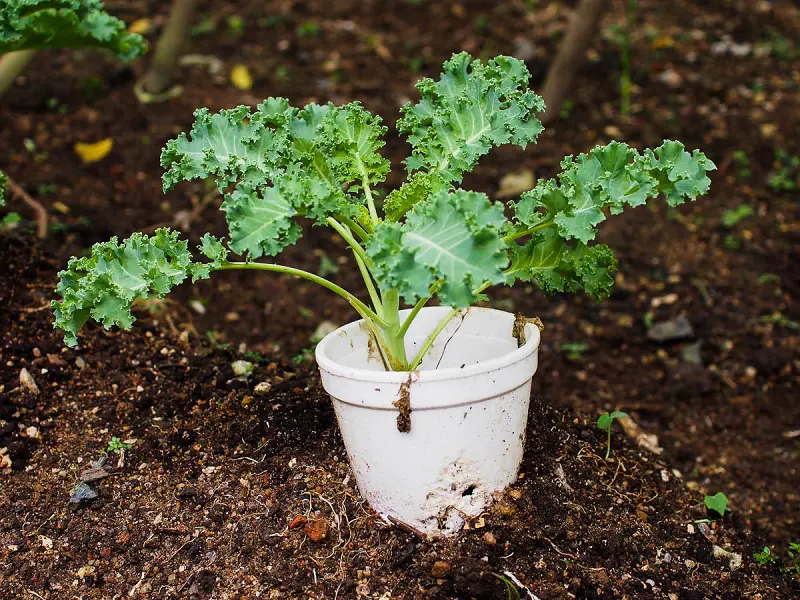
Growing kale can be a fulfilling endeavor for both seasoned gardeners and beginners alike, offering not only nutritional benefits but also versatility in cultivation. Kale, known for its robust growth and resilience, thrives under specific conditions that cater to its preferences.
Choosing the Right Location
Kale flourishes in environments that provide ample sunlight and well-drained, loamy soil enriched with organic matter. While it thrives in full sun, it can tolerate partial shade, making it adaptable to various garden setups. Ensuring the soil pH ranges between 6.0 and 7.5 creates optimal conditions for kale's growth and nutrient uptake.
Planting Kale
Kale can be started from seeds or transplants, each method offering its own advantages:
From Seeds:
- Timing: Plant kale seeds in early spring for a summer harvest or late summer for a fall harvest, as kale thrives in cooler temperatures (60°F to 70°F).
- Seed Depth and Spacing: Sow seeds 1/4 to 1/2 inch deep, spacing them about 1 inch apart in rows spaced 18 to 24 inches apart. Once seedlings reach 3 inches in height, thin them to 12 to 18 inches apart to allow ample room for growth.
From Transplants:
- Timing: Set out transplants 3 to 5 weeks before the last expected frost in spring or 6 to 8 weeks before the first expected frost in fall.
- Spacing: Plant transplants 12 to 18 inches apart within rows that are 18 to 24 inches apart to accommodate mature plant size.
Watering and Fertilizing
Maintaining consistent moisture is crucial for kale's health, especially during dry periods. Water deeply, providing about 1 to 1.5 inches of water per week, using methods like soaker hoses or drip irrigation to keep foliage dry and prevent disease.
Fertilize kale by incorporating compost or well-rotted manure into the soil before planting, and apply a balanced fertilizer every 4 to 6 weeks during the growing season to support vigorous growth.
Mulching
Mulching around kale plants with organic materials such as straw or shredded leaves helps retain soil moisture, suppress weeds, and regulate soil temperature. Apply a 2 to 3-inch layer of mulch, ensuring it remains clear of plant stems to prevent rot and maintain plant health.
Pest and Disease Management
Kale, while resilient, is susceptible to various pests and diseases that can affect its growth and overall health. Implementing regular monitoring and proactive measures is essential to ensure robust kale plants in your garden.
Common Pests
-
Cabbage Worms: These green caterpillars feed on kale leaves, leaving behind chewed holes.
- Control: Handpick caterpillars off plants. Use floating row covers to physically block them from reaching the plants. Alternatively, apply Bacillus thuringiensis (Bt) spray, a natural bacterial insecticide that targets caterpillars.
-
Aphids: Small insects that suck sap from kale leaves, causing curling and yellowing.
- Control: Spray affected plants with insecticidal soap or neem oil to suffocate and deter aphids. Introducing natural predators like ladybugs can also help keep aphid populations in check.
-
Flea Beetles: Tiny black beetles that create small holes in kale leaves, especially noticeable on young plants.
- Control: Use floating row covers to physically exclude flea beetles from the plants. Sprinkle diatomaceous earth around the base of plants as a natural barrier.
-
Slugs and Snails: These mollusks chew irregular holes in kale leaves, particularly in moist conditions.
- Control: Set up beer traps by burying shallow containers filled with beer near kale plants to attract and drown slugs and snails. Copper tape around plant stems or organic slug pellets are also effective deterrents.
Common Diseases
-
Downy Mildew: A fungal disease characterized by yellow spots on the upper sides of leaves and fuzzy growth on the undersides.
- Prevention: Ensure good air circulation around plants by spacing them adequately. Avoid overhead watering, which can promote fungal growth. Use fungicidal sprays if necessary, following label instructions.
-
Black Rot: A bacterial disease that causes blackened veins and yellowing leaves, leading to plant decline.
- Prevention: Rotate kale crops with non-related plants to reduce disease build-up in the soil. Use disease-free seeds or transplants from reputable sources to prevent introducing pathogens.
-
Clubroot: A soil-borne disease causing swollen roots and stunted growth, particularly problematic in acidic soils.
- Prevention: Maintain soil pH above 7.0 by adding lime if necessary. Rotate kale crops with non-Brassica plants to reduce disease pressure. Ensure good drainage to prevent waterlogging, which exacerbates clubroot.
Harvesting Kale
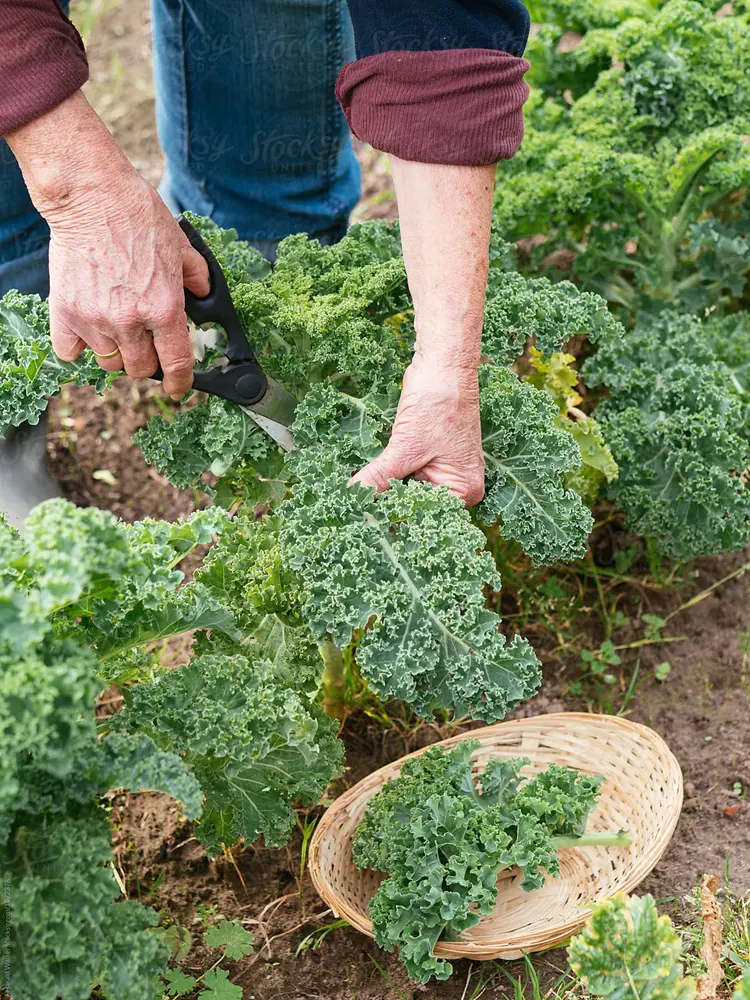
Kale can be harvested at various stages, depending on your preference:
- Baby Kale: Harvest when leaves are 2 to 4 inches long for tender, mild-flavored greens.
- Mature Kale: Harvest individual leaves when they are about the size of your hand, starting with the oldest, outermost leaves. Leave the central growing point intact for continuous harvest.
- Full Plant: For a larger harvest, cut the entire plant at the base. This method is ideal if you plan to clear the bed for another crop.
Storing Kale
Kale is best used fresh, but it can also be stored for later use:
- Refrigeration: Store kale in a plastic bag in the refrigerator for up to a week. Wash leaves just before use.
- Freezing: Blanch kale leaves in boiling water for 2 minutes, then transfer to an ice bath. Drain, pat dry, and freeze in airtight containers or freezer bags.
Extending the Growing Season
To enjoy kale for a longer period, consider these season-extending techniques:
Cold Frames and Row Covers
Cold frames and row covers provide extra warmth and protection from frost, allowing you to grow kale into the colder months:
- Cold Frames: Construct a simple frame with a transparent lid to trap heat and protect plants.
- Row Covers: Use lightweight fabric to cover plants, trapping heat and providing a barrier against pests.
Succession Planting
Stagger planting times to ensure a continuous harvest:
- Spring and Fall: Plant kale in early spring and again in late summer for a fall harvest.
- Interplanting: Grow quick-maturing crops like radishes or lettuce between kale plants to maximize space and harvest diversity.
Companion Planting
Kale benefits from companion planting, which involves growing certain plants together to enhance growth and deter pests:
- Good Companions: Beans, beets, celery, herbs (dill, chamomile), onions, and potatoes.
- Avoid: Avoid planting kale near other Brassicas (cabbage, broccoli, cauliflower) as they attract the same pests.
Additional Tips
- Regular Harvesting: Regularly harvesting the outer leaves encourages new growth and keeps the plant productive.
- Monitoring Weather: Keep an eye on the weather and protect plants from extreme temperatures with covers or shading.
- Organic Practices: Use organic methods whenever possible to maintain soil health and reduce the impact on the environment.
- Soil Testing: Test your soil periodically to ensure it has the right pH and nutrient levels for optimal growth.
Growing and caring for kale can be a rewarding experience, providing you with a nutritious and versatile vegetable throughout much of the year.
By understanding the different types of kale, preparing the soil properly, planting at the right time, and maintaining good watering, fertilizing, and pest management practices, you can enjoy a bountiful harvest of this leafy green.
With a little effort and attention to detail, you can cultivate healthy, productive kale plants in your garden.
By following these guidelines, you’ll be well on your way to growing and caring for kale plants successfully. Enjoy the process and the delicious, healthful harvest that comes with it.
